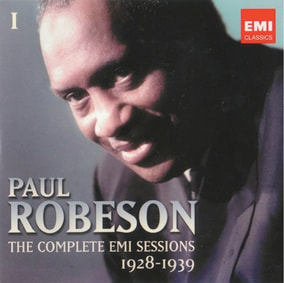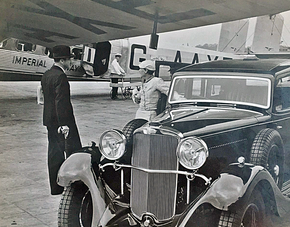
He approached the camera as an artist; classical good taste was his rule. He took great pains to ensure that the compositions were appealingly apt and clear. Industry and commerce were eager to banish wartime depression and welcomed his persuasive way with the new medium.
Clothing fashion proved a particular success and he came to vie with Cecil Beaton for the front cover of Vogue.
In a style described by his rival as ‘frigidaire’ perfection in the book Modern British Photographers, Shaw Wildman was the only living photographer Beaton deigned to mention.




Shaw Wildman Photographer
1900 – 1983
A famously beautiful time. – Alec Shaw Wildman


Shaw Wildman was awarded Honorary Fellowship at the Institute of British photographers in 1961.
His citation reads:
After receiving training for a banking career, Mr. Wildman became increasingly aware that he had obtained most satisfaction from the use of his eyes and decided he was better fitted forward of the visual arts.
After serving with the RAF in the First World War, instead of returning to his native Lancashire, he remained in London to marry and to start a new career in printing. His interesting graphic design took him to the J Walter Thompson company as an art director. In this capacity, he realized the potential of photography as a medium to illustrate advertisements. As a buyer of illustrations he was not satisfied with the quality that was then offered and left J.W.T. to set up a studio of his own with two assistants; the assistants at that time knowing more about the working of the camera than he did.
Wildman approached the camera as an artist and his example gave photography an importance which finally led to the camera superseding the realistic advertising painter. During the 30s he continued to improve his own standards and ran his studio in such a manner that advertising photography was given a new dignity, so much so that advertising photography was widely judged by the Wildman standard. He became to Great Britain what Steichen was to America. During the Second World War he worked with Dr Richard Massingham on documentary films for the Ministry of Information.
Today he is still the master of the narrative picture, purist with an impeccable style and a magnificent exponent of photographic tone and composition.
Four years ago he joined the IPP with the sole objective of giving the benefit his great talent and experience to the rising generation.